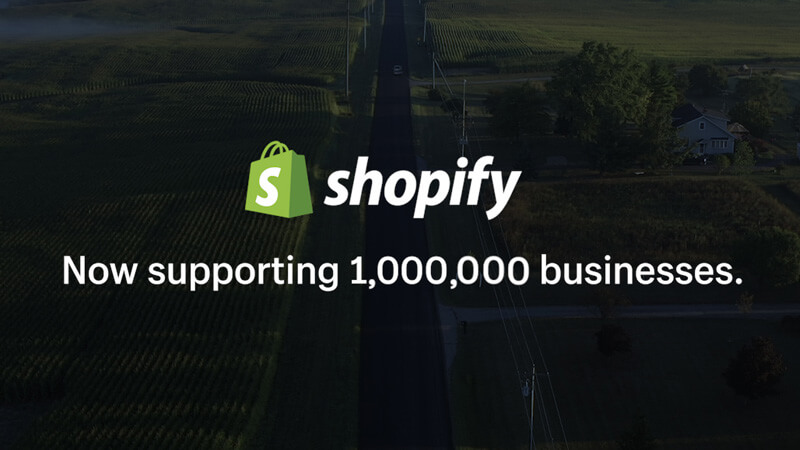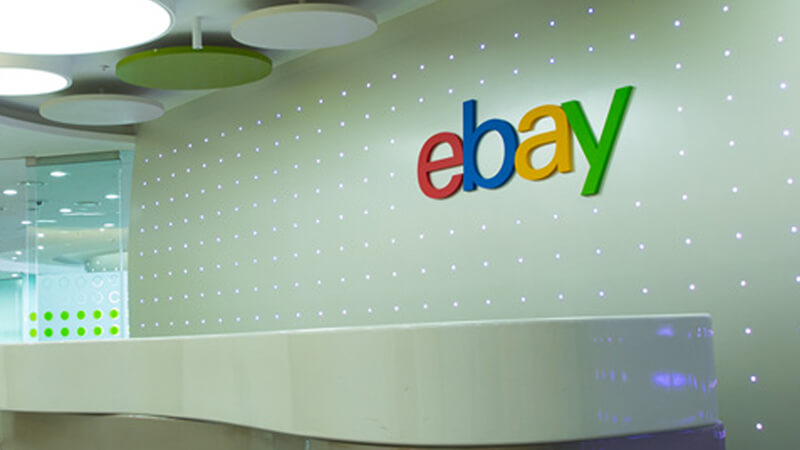Grow your business with the Discover newsletter
Logistics advice & insights straight to your inbox
Subscribe now

Online marketplaces are big business – from local online marketplaces to marketplace giants such as Amazon and eBay. In 2019, more than 50% of all e-commerce sales were made through online marketplaces, contributing $1.7 trillion to the global economy.1
Even if you currently sell through your own e-commerce website, setting up an additional store on an online marketplace can expand your reach to millions more customers around the world. For minimal investment, you can benefit from the marketplace’s power – its visibility on search engines, its name recognition and its reputation. Plus, the marketplace will often handle the admin associated with fulfilling orders such as payment processing and returns – leaving you free to concentrate on other parts of your business.
But which one is right for your e-commerce business? We’ve collated the pros and cons of the leading platforms to help you decide the best online marketplaces for you.
Perhaps the most obvious place to start, Amazon2 is the largest e-commerce retailer by revenue in the world. But what can selling on Jeff Bezos's behemoth do for your business?

As the largest e-commerce platform in China, you’ve probably heard of Alibaba8, a B2B business connecting wholesale exporters in China with countries around the world. But if you’re looking to sell to customers on a smaller scale, then Alibaba’s dedicated B2C platform, Tmall Global9, is what you need.

Continuing on from Tmall Global, another way to reach the vast Chinese market is through WeChat12, the country’s most popular messaging app, and a juggernaut of integrated e-commerce power. E-commerce businesses can sell on WeChat by connecting a mobile website to a WeChat Official Account. Sellers can collect payment from customers via WeChat Pay13, a mobile payment service incorporated on the platform.

Shopify16 is best known for its suite of e-commerce tools that help businesses create their own online stores. In early 2020, Shopify launched 'Shop'17 , an app that better serves how customers like to shop by consolidating all sellers into one marketplace for customers to browse – much like Amazon. Customers can buy products and track orders directly on the app.

Browsing on eBay18 these days, it’s hard to believe that in its early years it was primarily an auction site which allowed users to bid on products. Nowadays, the site has more ‘buy it now’ items for sale – as of the third quarter of 2017, eBay reported 88% of its listings were from fixed price formats19. With over 168 million active buyers around the world20, it has a solid position as a leading marketplace.

A more specialized platform, Etsy23 is the leading marketplace for selling handmade and vintage items. As with many e-commerce businesses, during the pandemic it saw increased activity, fuelled particularly by sales of homemade face masks (which generated $133 million in gross merchandise sales during the last quarter24). Masks aside, if you want to start making money from your hobby, selling on Etsy is a great place to start.
Ultimately, the right marketplace for your e-commerce business is the one where your target customers are. So, how do you find them? Conducting a competitor analysis will help you identify how and where businesses like yours are reaching customers and thus a great indicator of which marketplace(s) you should be selling on. And you can use analytics tools such as SimilarWeb26 to find which marketplaces have a customer base that matches your target market. Read our competitor analysis guide for all the tips – with a FREE template to get you started.
DHL Express has easy integration options available for most of these marketplaces to support you with easy label creation and shipment visibility via their DHL Express Commerce solution. Apply for a DHL Express business international account for further guidance on helping your e-commerce business reach its global potential.
1 – WebRetailer, February 2020
2 – Amazon
3 – Statista, July 2019
4 – Statista, March 2020
5 – Oberlo, April 2020
6 – eMarketer, September 2018
7 – Forbes, April 2018
8 – Alibaba
9 – Tmall Global
10 – Alizila, January 2018
11 – Tmall.com
12 – WeChat
13 – WeChat Pay
14 – Statista, May 2020
15 – Statista, February 2020
16 – Shopify
17 – Shop
18 – eBay
19 – eCommerce Bytes, March 2018
20 – Small Business Trends, March 2018
21 – Crazy Lister, May 2018
22 – PayPal
23 – Etsy
24 – The Motley Fool, July 2020
25 - Etsy statistics & facts, Statista
26 – SimilarWeb